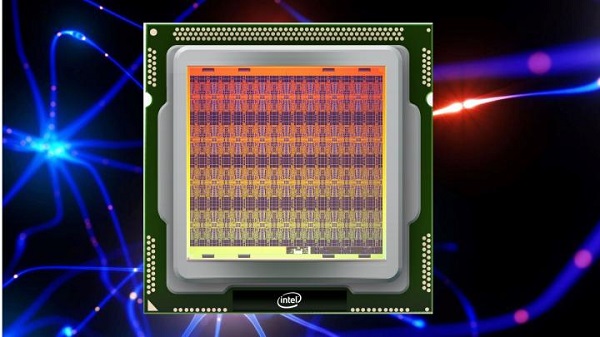Nature Machine Intelligence published a joint paper from researchers at Intel Labs and Cornell University demonstrating the ability of Intel’s neuromorphic test chip, Loihi, to learn and recognize 10 hazardous chemicals, even in the presence of significant noise and occlusion. The work demonstrates how neuromorphic computing could be used to detect smells that are precursors to explosives, narcotics and more.
Loihi learned each new odor from a single example without disrupting the previously learned smells, requiring up to 3000x fewer training samples per class compared to a deep learning solution and demonstrating superior recognition accuracy. The research shows how the self-learning, low-power, and “brain-like” properties of neuromorphic chips – combined with algorithms derived from neuroscience – could be the answer to creating “electronic nose” systems that recognize odors under real-world conditions more effectively than conventional solutions.
“We are developing neural algorithms on Loihi that mimic what happens in your brain when you smell something,” said Nabil Imam, senior research scientist in Intel’s Neuromorphic Computing Lab. “This work is a prime example of contemporary research at the crossroads of neuroscience and artificial intelligence and demonstrates Loihi’s potential to provide important sensing capabilities that could benefit various industries.”
Intel Labs is driving computer-science research that contributes to a third generation of AI. Key focus areas include neuromorphic computing, which is concerned with emulating the neural structure and operation of the human brain, as well as probabilistic computing, which creates algorithmic approaches to dealing with the uncertainty, ambiguity, and contradiction in the natural world.
Sign up for the free insideAI News newsletter.




